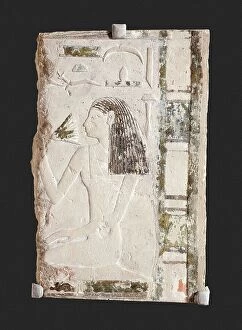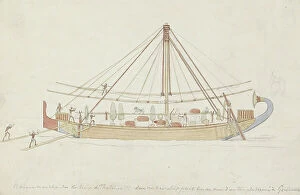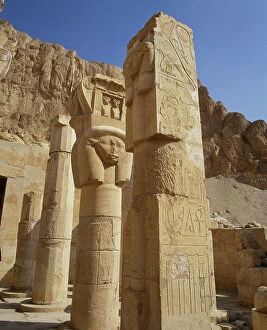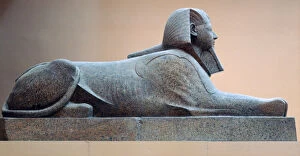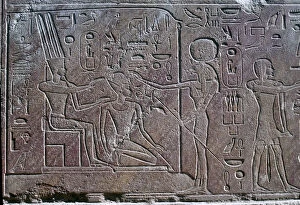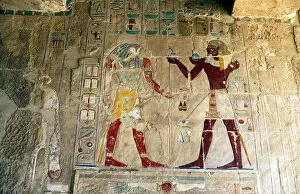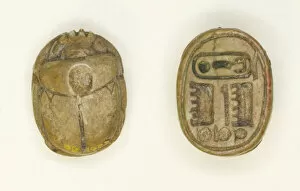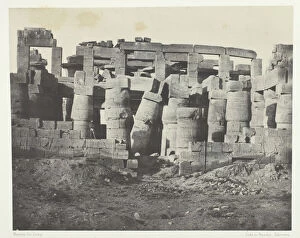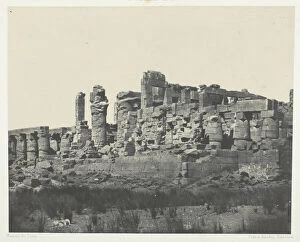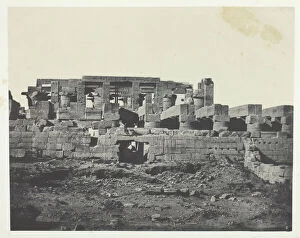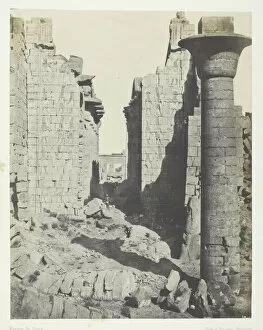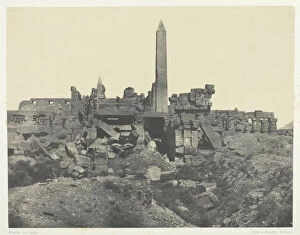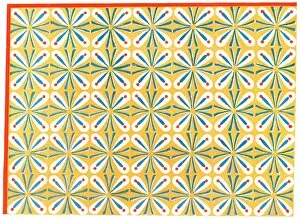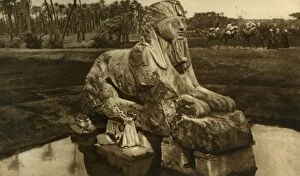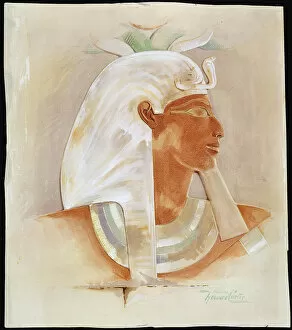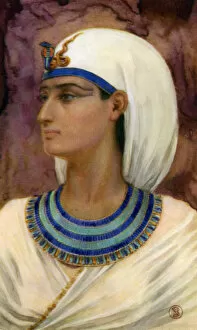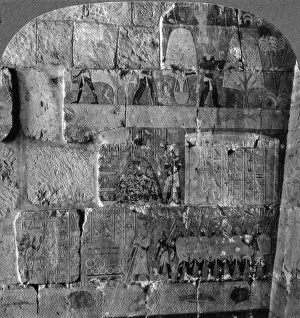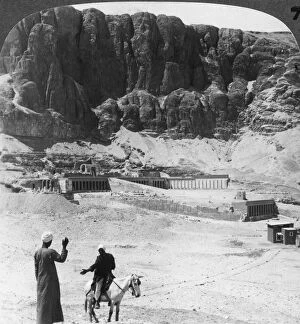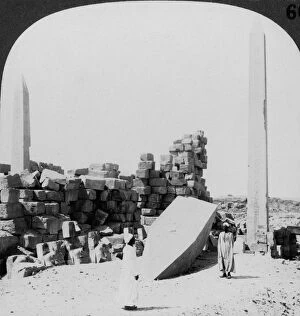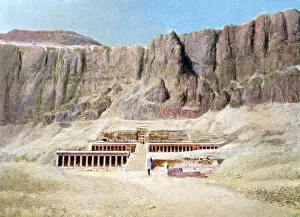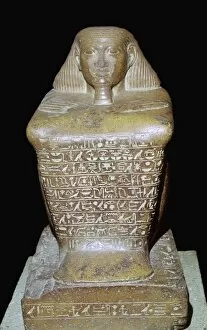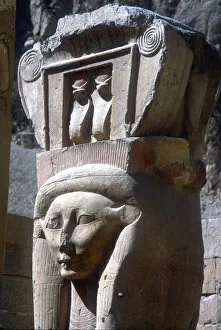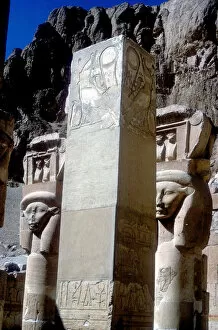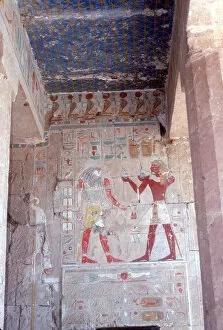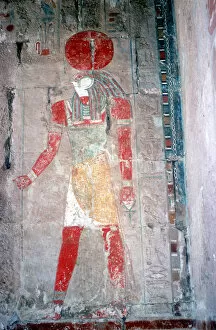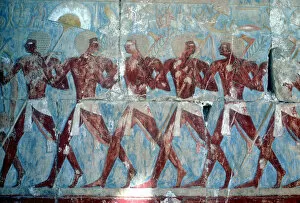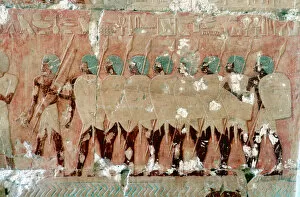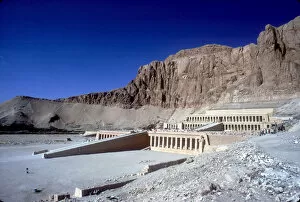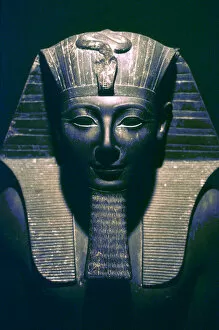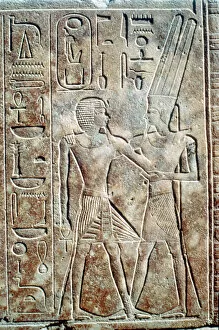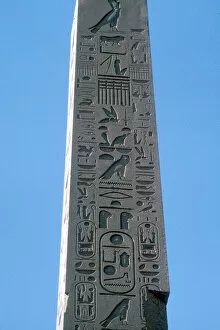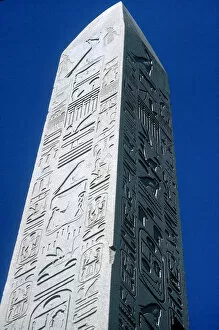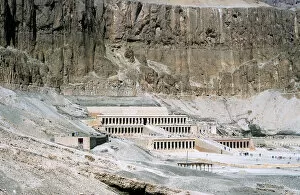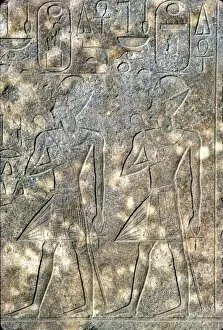Makare Hatshepsut Collection
"Makare Hatshepsut: The Powerful Queen of Ancient Egypt" Step into the world of ancient Egypt and discover the remarkable story of Makare Hatshepsut
For sale as Licensed Images
Choose your image, Select your licence and Download the media
"Makare Hatshepsut: The Powerful Queen of Ancient Egypt" Step into the world of ancient Egypt and discover the remarkable story of Makare Hatshepsut, a prominent figure in the New Kingdom's Dynasty 18. Known by her royal name Scarab: Maatkara, she left an indelible mark on history. Immerse yourself in the grandeur of Palais de Karnak, where Salle Hypostyle stands as a testament to her reign. From its northern angle to its southern entrance, this magnificent structure showcases the architectural prowess of ancient Egyptians. As you explore further, marvel at the sanctuaries and halls within Palais de Karnak. The granite sanctuary and Salle Hypostyle transport you back to Hatshepsut's time, allowing you to witness firsthand her devotion to religion and governance. Venture beyond Karnak's walls and journey into Hepuseneb's tomb in Thebes. Admire the intricately painted ceiling that depicts scenes from daily life during Hatshepsut's era—a true masterpiece crafted by unknown hands. In Memphis, encounter another symbol of Egyptian greatness—the Alabaster Sphinx. This enigmatic creature guards secrets from centuries past while embodying the mystique surrounding Makare Hatshepsut's rule. Gaze upon a head sculpted with precision—an exquisite representation of our queen herself—crafted by an artist whose identity remains shrouded in mystery but captures her regal essence for eternity. The Birth Colonnade within Temple of Hatshepsut transports us through time once more. Painted by Walter Frederick Roofe Tyndale, it immortalizes one aspect of Makare Hatshepsut’s legacy—the divine birth myth that solidified her claim to power. Winifred Mabel Brunton brings us closer still with her stunning portrait capturing Queen Makeres' majestic presence during the 15th century BC.

